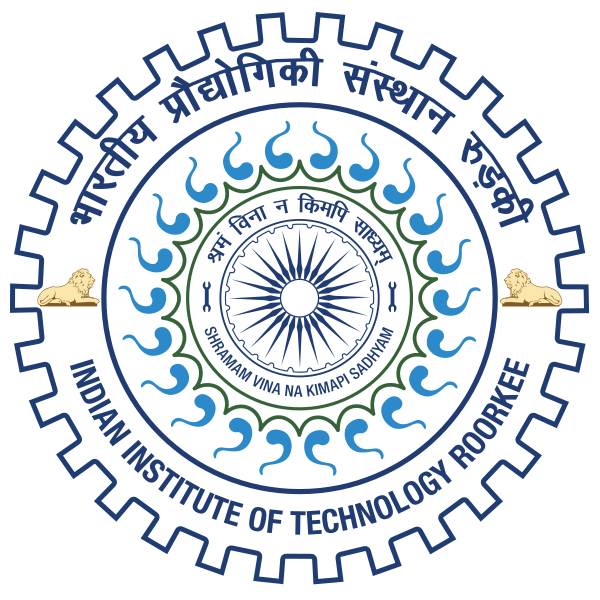Please use this identifier to cite or link to this item:
http://localhost:8081/jspui/handle/123456789/18290Full metadata record
| DC Field | Value | Language |
|---|---|---|
| dc.contributor.author | Sahoo, Suvashree | - |
| dc.date.accessioned | 2025-09-12T05:55:50Z | - |
| dc.date.available | 2025-09-12T05:55:50Z | - |
| dc.date.issued | 2023-06 | - |
| dc.identifier.uri | http://localhost:8081/jspui/handle/123456789/18290 | - |
| dc.guide | Yadav, Brijesh Kumar | en_US |
| dc.description.abstract | Fractured aquifers in hard rock areas are the most crucial source of freshwater. Their geometry provides a complex water flow profile as flow mainly takes place through the macropores and fissures. This study deals with the assessment of groundwater recharge using Shannon’s entropy-based probabilistic model adopted in the fractured hard rocks of the Vindhyan Range sediments, and Quaternary alluvium formations. For the Entropy-based analysis, the average depth to groundwater level for four seasons (summer, winter, monsoon, and post-monsoon) at 13 well monitoring stations and the rainfall data from rain gauge stations were collected for the period of 2011- 21. The surface water recharge to the subsurface in terms of the groundwater table (WT) fluctuation by rainfall (R) during these seasons were obtained by taking the ratio of trans-information, T (R, WT) to the marginal entropy of rainfall H (R). The result of this study showed that the average recharge was calculated to be 28.93 % of the total seasonal rainfall that occurred over the study area during 2011-2021. The average recharge rate from entropy-based recharge data was calculated as 284.03 mm/year. Thereafter, specific yield of the dynamic groundwater resources of the area combined with pre and post monsoon water table fluctuation (WTF) data, were used to calculate the recharge as suggested by the GEC 2015. The calculated recharge rate using the GEC based method was determined to be 257.40 mm/year which closely matched the results obtained from the probabilistic modeling results. The effect of annual rainfall patterns on recharge and the water flow profile was then simulated using the HYDRUS-1D numerical model based on soil-water flow (Richard’s) equation. The average annual recharge to the water table presented at variable depth at each location was estimated to be 375.56 mm/year, which is equivalent to 29.21% of the total annual rainfall that occurred in 2019. These findings highlight the crucial role of lithological characteristics of the vadose zone for quantifying recharge using mechanistic approach. However, results show that numerical modeling overestimated the groundwater recharge as compared to the probabilistic modeling and GEC based assessment within the study area. Finally, model performance, and correlation coefficient were calculated to compare the recharge data obtained from different modeling concepts. Results indicated that for the areas having sedimentary deposits show comparable recharge between the mechanistic and probabilistic based modelling. However, the Entropy-based model showed the better results for hard rocks used for the assessment of the groundwater recharge. The developed framework can be used for sustainable groundwater resource management in areas having varied geological formations including the hard rock areas. | en_US |
| dc.language.iso | en | en_US |
| dc.publisher | IIT, Roorkee | en_US |
| dc.subject | Entropy theory, numerical modeling, groundwater recharge, GEC method, hard rocks areas. | en_US |
| dc.title | ASSESSMENT OF GROUNDWATER RECHARGE USING PROBABILISTIC AND MECHANISTIC APPROACHES FOR HARD ROCK AREAS | en_US |
| dc.type | Dissertations | en_US |
| Appears in Collections: | MASTERS' THESES (Hydrology) | |
Files in This Item:
| File | Description | Size | Format | |
|---|---|---|---|---|
| 21537015_SUVASHREE SAHOO.pdf | 4 MB | Adobe PDF | View/Open |
Items in DSpace are protected by copyright, with all rights reserved, unless otherwise indicated.

